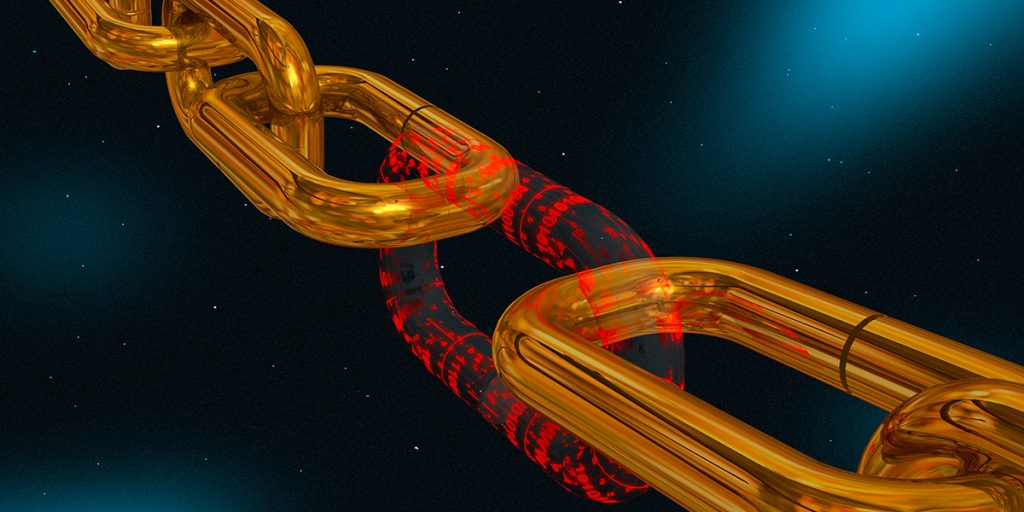Navigate
Article List
- How Will Black Swan Events Impact the Gold Market in 2019?
By Gordon Cheung, Deputy Chief Executive, SBMA
- Blockchain Comes to the Gold Market
By Jason Toussaint, MD Asia-Pacific, Emergent Technology
- Feature: The Digital Gold Standard
By Kai C. Chng, CEO, Digix
- Safeguarding the Bullion Market’s Integrity
By KL Yap, Refining Business Unit General Manager, Metalor Technologies (Singapore)
- Raymond, You Will Be Greatly Missed
By Philip Klapwijk, Managing Director, Precious Metals Insights
- Annual General Meeting 2018
By SBMA
- SBMA News
By Albert Cheng, CEO, SBMA
Article List
- How Will Black Swan Events Impact the Gold Market in 2019?
By Gordon Cheung, Deputy Chief Executive, SBMA
- Blockchain Comes to the Gold Market
By Jason Toussaint, MD Asia-Pacific, Emergent Technology
- Feature: The Digital Gold Standard
By Kai C. Chng, CEO, Digix
- Safeguarding the Bullion Market’s Integrity
By KL Yap, Refining Business Unit General Manager, Metalor Technologies (Singapore)
- Raymond, You Will Be Greatly Missed
By Philip Klapwijk, Managing Director, Precious Metals Insights
- Annual General Meeting 2018
By SBMA
- SBMA News
By Albert Cheng, CEO, SBMA
Blockchain Comes to the Gold Market
By Jason Toussaint, MD Asia-Pacific, Emergent Technology
Published on January 17, 2019


Jason leads the Asia Pacific region and wealth management sector globally for EmTech. Based in Singapore, Jason is developing the Responsible Gold supply chain ecosystem and commercialisation strategies for key business segments. Jason is the co-founder and managing partner of Hard Asset Partners, an alternative investments platform providing physical gold investment to the United States Individual Retirement Account (IRA) market. He was previously CEO of the SPDR Gold Shares (GLD), the world’s largest gold ETF, where he led the growth in assets to more than $77 billion. He was also Managing Director and Global Head of Investment at the World Gold Council.
Since the creation of Bitcoin, global financial market participants have questioned the relevancy of cryptocurrencies as investments and their implications on businesses and industries. While investors, the media and market pundits continue to debate the intrinsic value of a Bitcoin and other cryptocurrencies, they pay little attention to the evolution and benefits blockchain technology is having on entire industries.
The application of blockchain and distributed ledger technology is particularly beneficial to industries and supply chains that require secure chains of custody and irrefutable confirmation of origin of material. A recent example is the pharmaceutical industry in the United States (US), which has used blockchain along with secure tamper-proof radio frequency identification (RFID) tags to securely and publicly trace the chain of custody of prescription drugs in the US market, thereby directly addressing and dramatically reducing the persistent issue of counterfeiting. Similarly, the US agricultural and farming industry is applying blockchain to easily trace the source of produce, dairy products, and livestock. Recently, blockchain technology has been applied in the diamond industry, allowing traceability of diamonds to their source mine – a dramatic improvement of the Kimberley Process. These examples of the benefits that blockchain provides to various industries are merely a fraction of the vast developmental changes we will witness in the coming years as the application of blockchain technology increases.
The industry is now able to provide end users of gold a secure supply chain with traceability back to specific mines. In my view, this is the next logical step in the evolution of the gold industry.
At Emergent Technology, we have developed and released the world’s first blockchain solution for the global gold supply chain, called Responsible Gold. By applying blockchain and cryptoseal technology, we are able to irrefutably record the chain of custody and journey of gold from gold dore bars at the mine to the logistics company, and finally at its arrival at the refinery where the dore bars are then batched-processed and refined into 0.9999 kilobars.
The industry is now able to provide end users of gold a secure supply chain with traceability back to specific mines. In my view, this is the next logical step in the evolution of the gold industry. That is, we are enabling all participants in the supply chain to fulfil the guidelines and regulations apportioned to their role in the supply chain – including World Gold Council conflict-free mining standards, LBMA responsible sourcing standards, and OECD and Responsible Jewellery Council standards. Additionally, we are employing Responsible Gold standards to address the issues of money laundering and terrorist financing.
We currently use cryptoseals that are physically attached to each kilobar that comes through the Responsible Gold supply chain. Although an effective anti-counterfeiting measure, it is not a practical or easily scalable solution in practice. Our subsidiary Trust Stamp specialises in developing facial recognition software for the finance and banking industry and we are in the process of adopting their technology to the imaging of kilobars in an effort to increase the integrity of the global kilobar market.
The benefits of using blockchain to provide a secure, traceable supply chain and Trust Stamp’s imaging technology to address counterfeiting in the kilobar market has benefits to all participants in the gold market, including miners, refiners, logistics companies, fabricators, jewellers, and finally end gold consumers, whether for investment or physical consumption. Consumers are now able to identify, with certainty, the origin of the gold they are buying. It is also abundantly clear that next-generation consumers, aka millennials, are very aware of and focused on issues of good corporate citizenship and sustainability.
Consumers are now able to identify, with certainty, the origin of the gold they are buying.
By employing these measures to ensure the provenance of gold, market participants can ensure the relevancy and attractiveness of gold as well as increase overall gold demand. We will soon see gold coming through the Responsible Gold supply chain being used in fabricated products, which will allow consumers to know exactly where the gold in the products they purchase has come from. It will also go a long way in preventing illegally sourced gold from entering the supply chain and ending up in consumer goods.
The integrity of the gold market is paramount to its attractiveness and continued relevance to global consumers and investors. By applying blockchain and imaging technology to the supply chain and fabricated products, we believe the industry can meet and exceed increasing demanding regulatory requirements while at the same time meet the demands of increasingly educated and socially responsible consumers.

Jason leads the Asia Pacific region and wealth management sector globally for EmTech. Based in Singapore, Jason is developing the Responsible Gold supply chain ecosystem and commercialisation strategies for key business segments. Jason is the co-founder and managing partner of Hard Asset Partners, an alternative investments platform providing physical gold investment to the United States Individual Retirement Account (IRA) market. He was previously CEO of the SPDR Gold Shares (GLD), the world’s largest gold ETF, where he led the growth in assets to more than $77 billion. He was also Managing Director and Global Head of Investment at the World Gold Council.
























